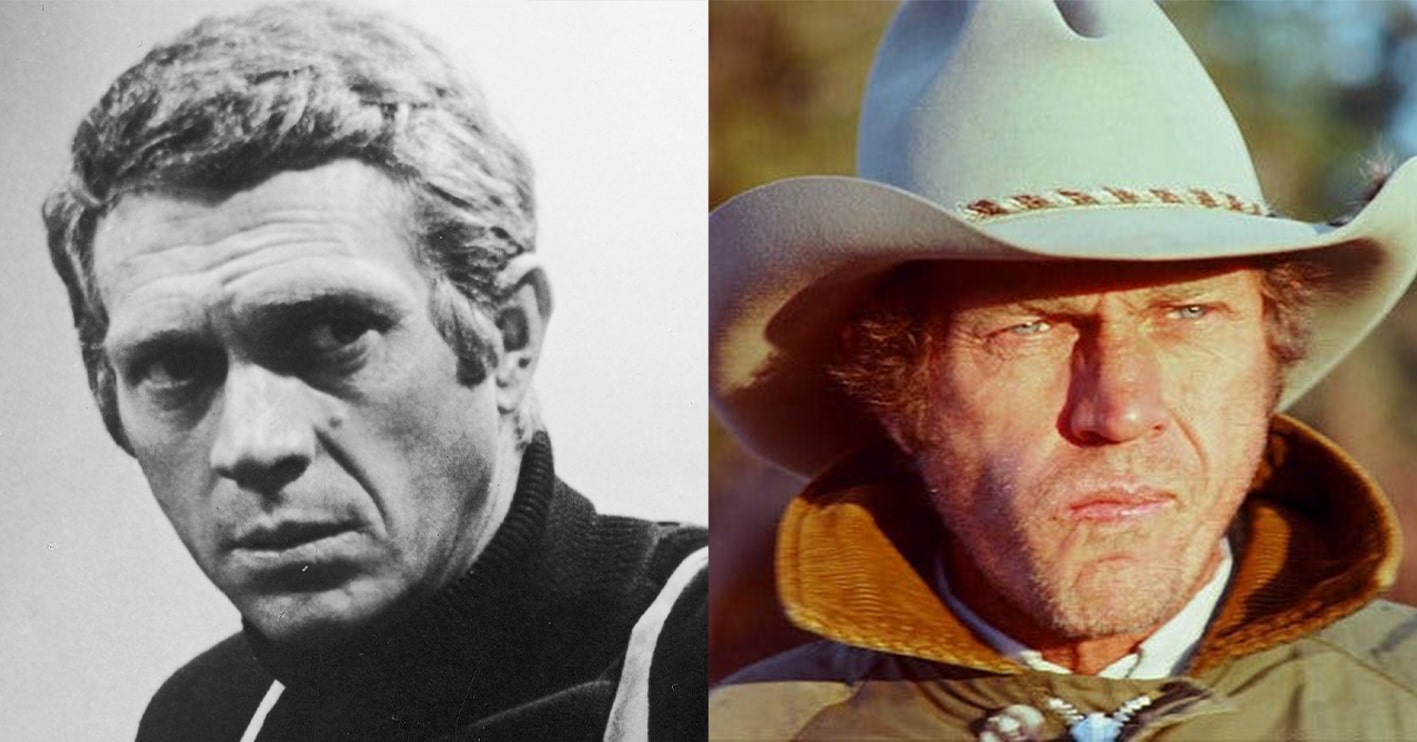Dubbed the King of Cool, Steve McQueen was known for being as fearless in everyday life as he was on screen. In his last days, however, McQueen faced that which would terrify anyone: terminal cancer.
Diagnosed with mesothelioma, a typically asbestos-related cancer which is generally considered incurable, in 1979 the actor began conventional medical treatment, without success. McQueen’s next course of action surprised many: he headed to Mexico, where he would undergo a controversial, faith-based alternative course of treatment not approved by medical science.
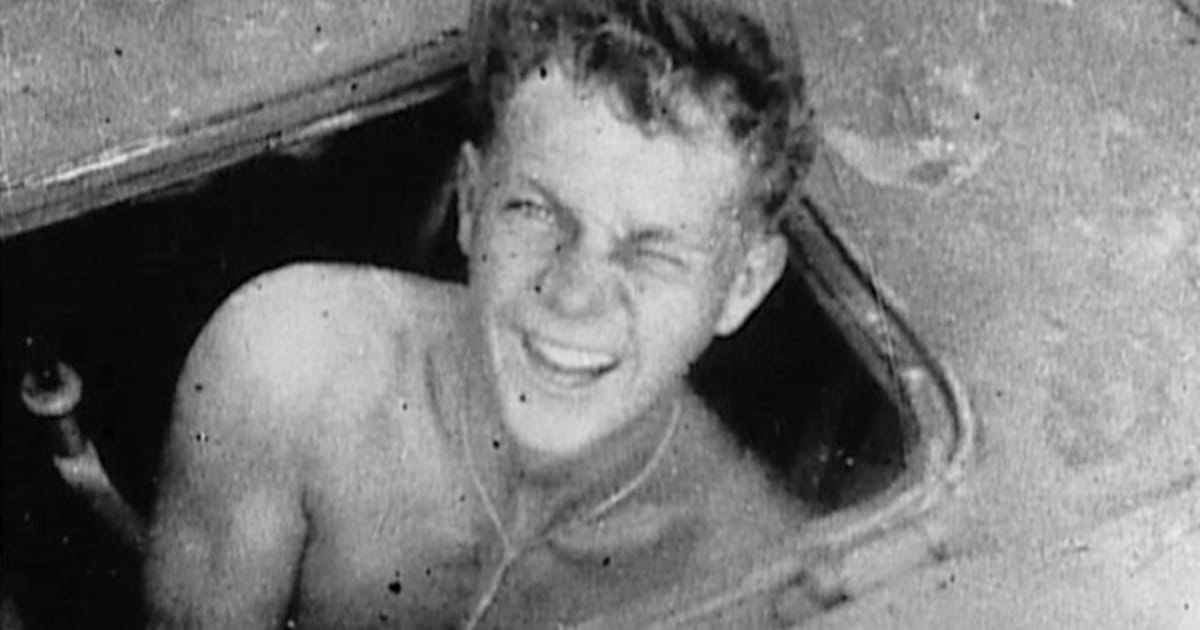
Born Terrence Stephen McQueen on March 24, 1930 in Beech Grove, Indiana, the future film icon did not have the happiest of beginnings. The child of unmarried parents at a time when that carried major social stigma, McQueen never knew his father and was estranged from his mother for much of his childhood.
McQueen’s mother was said to have been an alcoholic prostitute, and the boy spent much of his upbringing being handed back and forth between her and his more nurturing grandparents. The time living with his mother proved harder, as he was regularly beaten by his stepfather. School also proved a struggle, as McQueen was both dyslexic and partially deaf due to an ear infection in early life.
These troubles led McQueen to rebel in adolescence, with him falling in with street gangs and committing a string of petty crimes. Not that he would stay out of trouble in his later years: McQueen was arrested for driving under the influence in 1972, resulting in this famous mug shot in which he cheekily held up the peace sign.
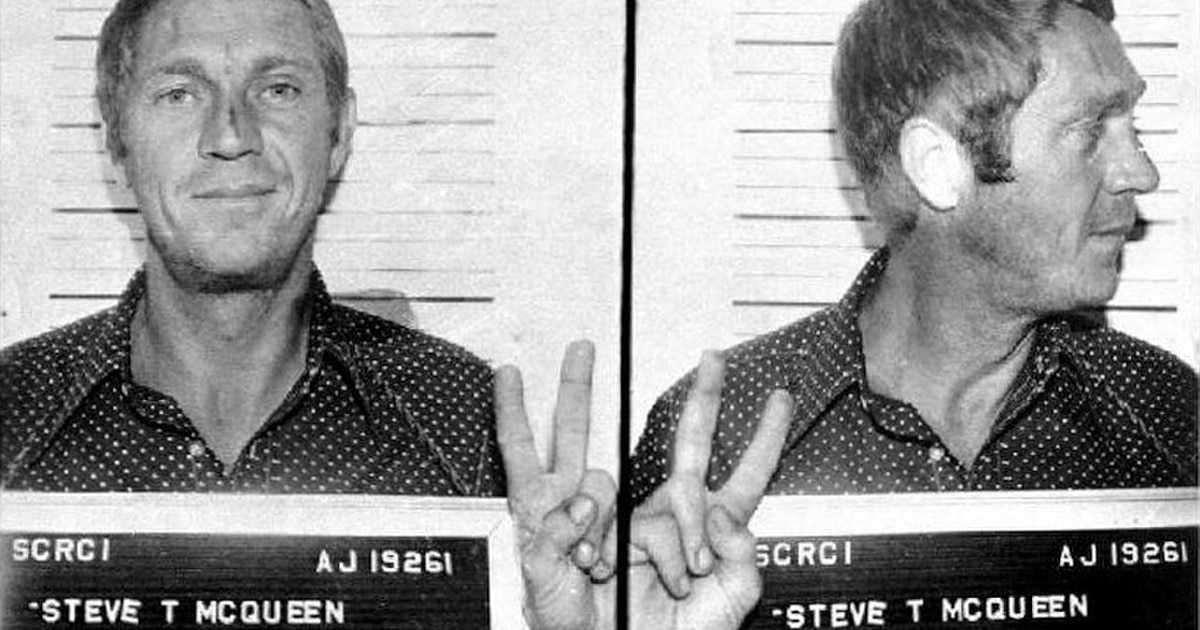
After further run-ins with the law and confrontations with his stepfather, the teenage McQueen eventually wound up at California Junior Boys Republic, a specialist private school for troubled young men. From there, McQueen would serve in the Marines for three years, from 1947 to 1950, before first taking up acting in 1952 aged 22.
Beginning his movie career with a small role in 1956’s Somebody Up There Likes Me and a lead in 1957 sci-fi horror The Blob, McQueen would rise to stardom through films including The Magnificent Seven, The Thomas Crown Affair and The Getaway. Never forgetting his time at Junior Boys Republic, once McQueen was one of Hollywood’s most popular actors he would demand in his film contracts large quantities of razors, jeans and other such items, all of which he would quietly donate to the school.
Such displays of generosity toward deprived children would become common from McQueen: his third wife Barbara Minty recalls that, whilst shooting The Hunter, “Steve saw some local kids throwing a football stuffed with rags. He dispatched [stuntman] Loren Janes to a sporting goods store. Before you could blink, hundreds of baseballs, footballs, mitts, and bats were left in a large recreational field.” Another time, McQueen anonymously paid for a weekend visit to Disneyland for a child with cancer.
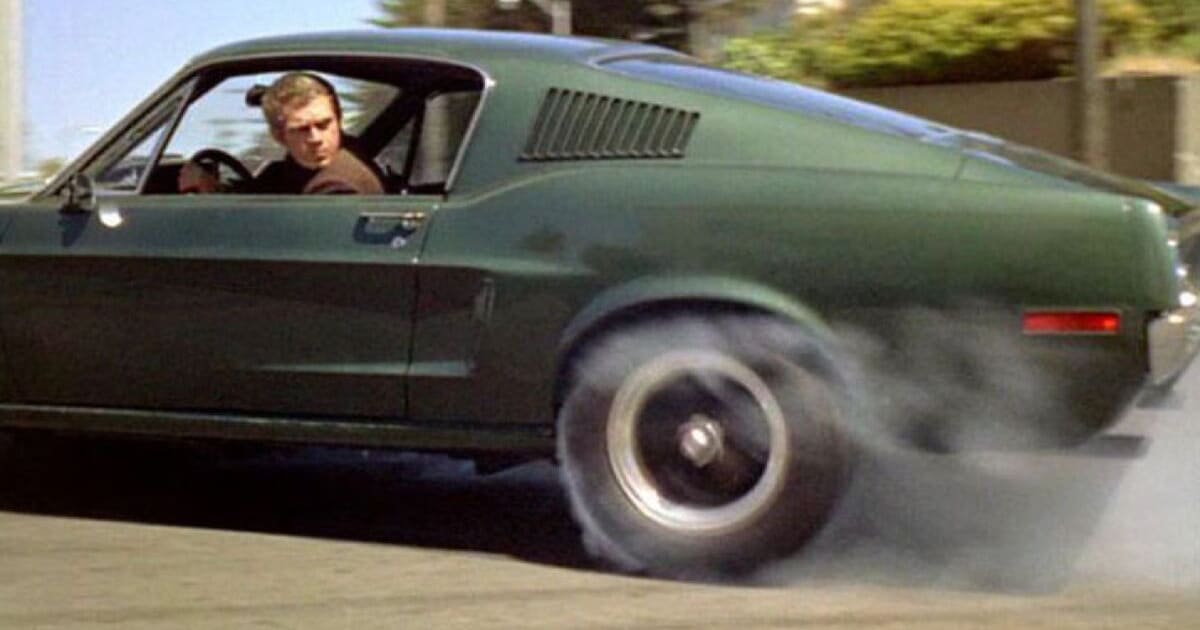
Always hungry for life, McQueen was – in addition to being a petrolhead, with his love of motorcycles and skill behind the wheel of a car seen in films including The Great Escape and Bullitt – a pilot and a keen student of martial arts, with Bruce Lee considering McQueen one of his best (alongside James Coburn). He was also a heavy drinker and drug user, and, despite being married for most of his adult life (albeit to three different women), a notorious womaniser.
(Robert Vaughn, who co-starred with McQueen in The Magnificent Seven and Bullitt, in 2015 told a story about the time McQueen took him to a brothel during the shooting of the former film in Mexico: “They asked, ‘How many girls would you like?’ Steve said, ‘Seven. We are The Magnificent Seven and we want seven girls’. Even though not all seven of us were there.”)
By the 1970s, McQueen had become bored. While his 1971 passion project Le Mans almost bankrupted him, 1974’s The Towering Inferno – in which McQueen starred opposite Paul Newman, with whom he had a rivalry going back to Somebody Up There Likes Me – made McQueen the highest paid actor ever up to that time. He subsequently went on acting hiatus, in order to travel around the US and race motorcycles.
Having turned down lead roles in Close Encounters of the Third Kind and Apocalypse Now, and having baffled audiences and critics alike with his eventual return to the screen in 1978 Henrik Ibsen adaptation An Enemy of the People, at the end of the decade McQueen seemed to be getting his career back on track. Following his divorce from his The Getaway co-star Ali McGraw in 1978, McQueen agreed to star in Tom Horn, on which he met third wife Barbara Minty, and which marked his return to the western genre.
It was around this time that McQueen also began suffering from a persistent cough.
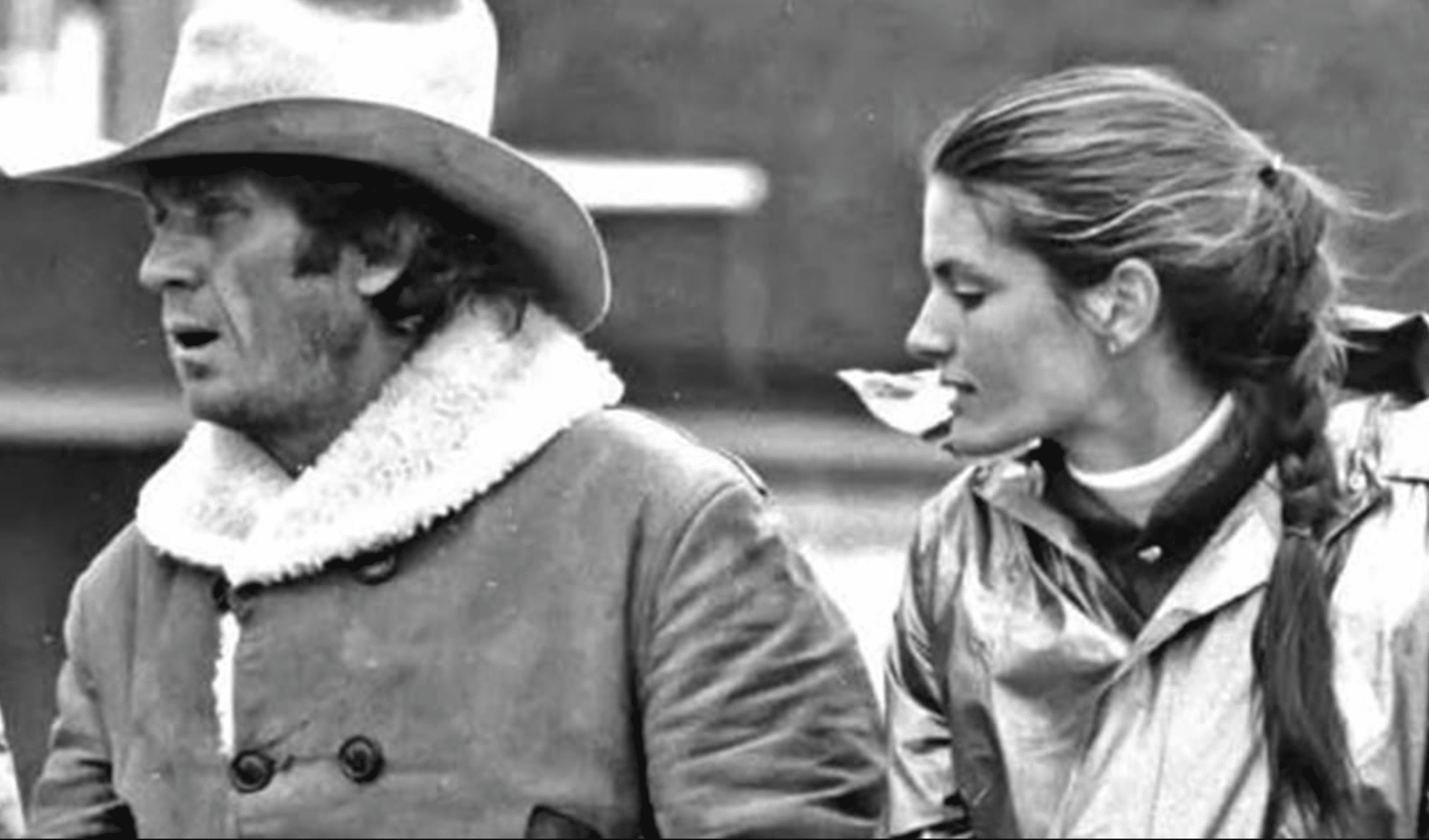
McQueen’s health quickly deteriorated, and soon his cough got so bad he found himself struggling to breathe. Shortly after production wrapped on action thriller The Hunter in late 1979, a fateful doctor’s appointment gave McQueen a diagnosis: pleural mesothelioma.
As this particular form of cancer is generally related to asbestos, there has been much speculation as to how McQueen was exposed to the deadly carcinogen. Medical specialist Barron H. Lerner suggests asbestos may have been present in the racing suits McQueen wore whilst racing cars. McQueen himself, meanwhile, reportedly speculated he was exposed to asbestos in the insulation on movie sound stages, or from ships and shipyards where he worked whilst in the Marines (roughly a third of those diagnosed with mesothelioma are military veterans).
Even though mesothelioma was (and still is) considered incurable, McQueen nonetheless began the standard treatment of chemotherapy and radiation therapy in the hopes of reducing his tumors. It wasn’t long, though, before McQueen’s doctors told him there was nothing they could do. In the meantime, McQueen did his best to keep the matter private, yet word of his condition inevitably leaked and was reported by the press.
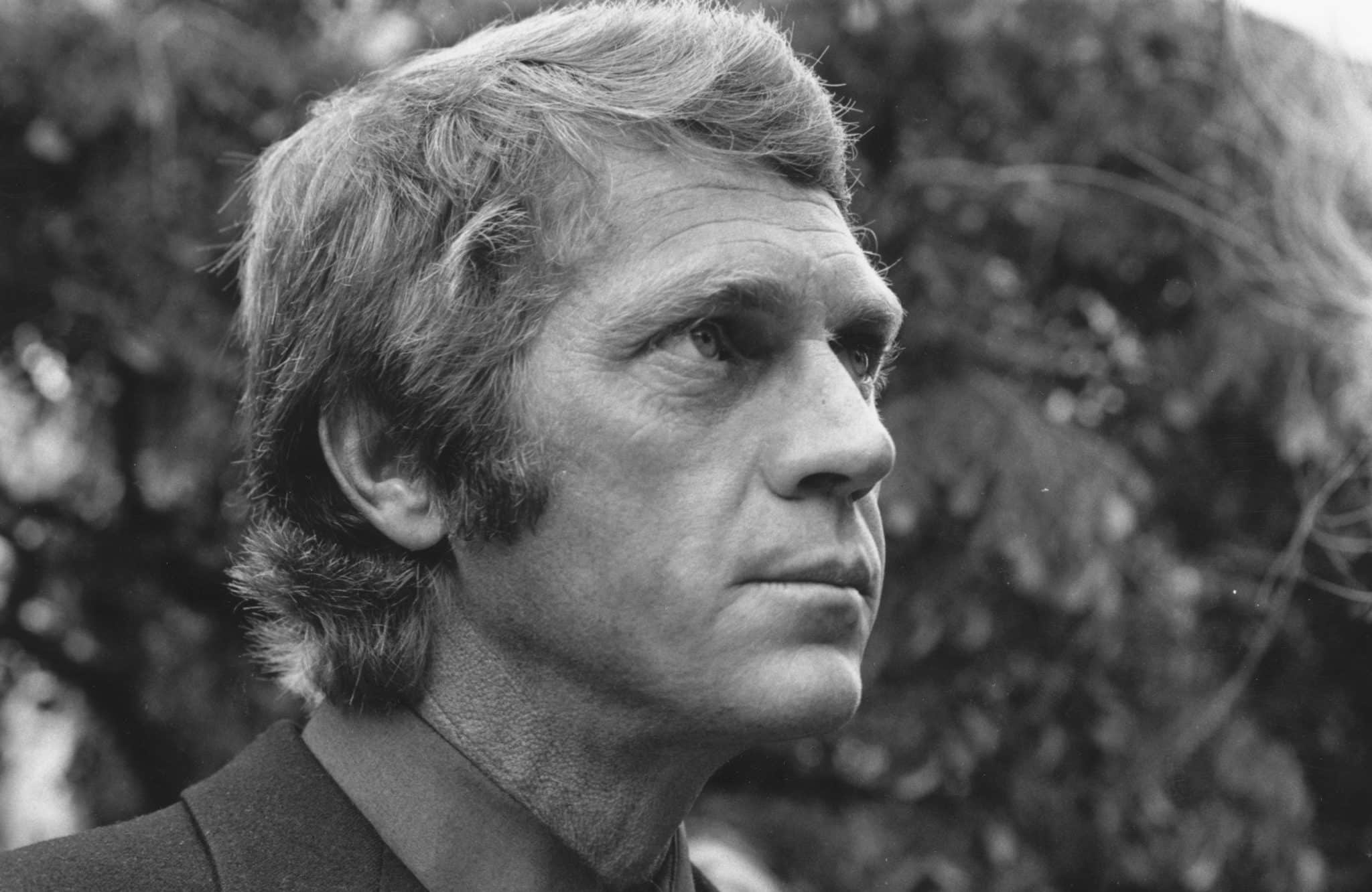
With seemingly no options left, McQueen decided that if conventional medicine could not help him, an alternative was called for. This led the actor to meet with Dr William D Kelley, a disgraced medical professional – actually a dentist, rather than a medical doctor or surgeon – who had been barred from practicing in the US after devising what he called nonspecific metabolic therapy, an unorthodox method by which Kelley claimed to have cured himself of pancreatic cancer.
Impressed by Kelley, McQueen began this controversial pseudo-medical treatment at Rosarita Beach, Mexico in July 1980. Reportedly this involved McQueen being dosed with “pancreatic enzymes… 50 daily vitamins and minerals,” as well as “coffee enemas… injections of a cell preparation made from sheep and cattle fetuses… [and] laetrile, a controversial alternative treatment made from apricot pits.” Also known as amygdalin, laetrile contains arsenic, which Kelley claimed would only target cancer.
It has been claimed that McQueen paid Kelley as much as $375,000 for the treatment. While Minty could not confirm this, McQueen’s widow has remarked, “it was all about money for Kelley – Steve McQueen was a big paycheck to him, a celebrity. A bank account.”
“Now it’s more easy to see it, but then we were along for the ride. The nurses down there were caring, loving people – fabulous people, and I truly think they wanted to help. But Kelley was better at promoting himself than curing anyone. At the time, like most cancer patients, we would’ve paid anything for a cure. We were happy to be alive and we wanted more.”
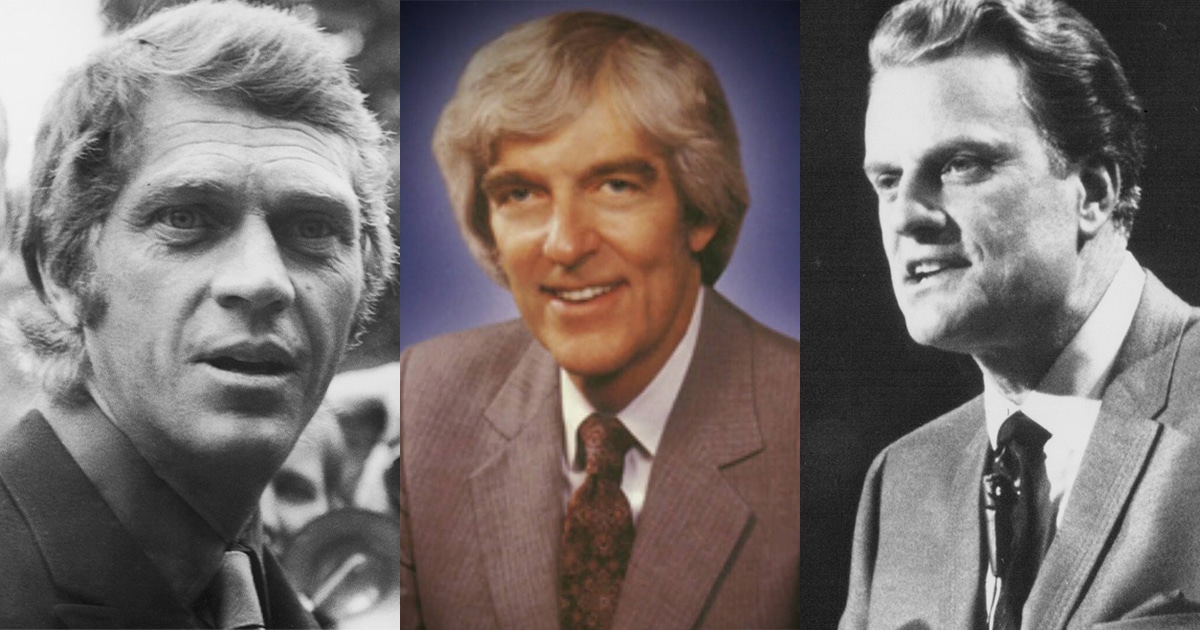
Kelley’s method also involved massages, and sessions of both psychotherapy and prayer. The faith element was key, as in his later days McQueen (who had not had a religious upbringing) embraced Christianity.
Minty recalls: “Steve started going to church when we lived in Santa Paula [Southern California, in 1979]. There was no bulls**t about his faith, and he took it seriously… he didn’t go around talking about it; it was his private thing. He was never in your face, but I caught him many times saying his prayers.”
McQueen’s newfound faith made him a great admirer of the American evangelist Billy Graham. According to Minty, McQueen was able to meet Graham towards the end of his life, and Graham “inscribed his personal Bible to Steve. In fact, the first person I called when Steve passed away was Billy Graham.” McQueen was reportedly holding this very Bible at the time of his death.
In what proved to be the last month of his life, media coverage of McQueen’s condition intensified, leading the actor to issue a public statement confirming that he was in Mexico undergoing William Kelley’s controversial treatment. McQueen publicly declared, “Mexico is showing the world a new way of fighting cancer through nonspecific metabolic therapies… Thank you for helping to save my life.”

Sadly, nothing could have been further from the truth. Studies have shown that, far from curing cancer, nonspecific metabolic therapy can in fact lead to cancer victims dying sooner than they might have otherwise. In his final days, McQueen was admitted to a Juarez hospital in “great pain… [and] barely able to walk with a cane.” Doctors found “a very huge tumor in [McQueen’s] right lung which was malignant and had spread to his left lung, neck and down into the intestines.”
McQueen is said to have significantly lost weight towards the end, with some claiming he weighed under a hundred pounds upon his death. He also had a huge, five-pound tumour in his stomach which left him “[looking] more pregnant than a fully pregnant woman.” Rushing the actor into surgery, the Juarez doctors succeeded in removing all the tumours. In his weakened state, however, McQueen suffered a massive heart attack and died on the following morning of November 7, 1980.
While the world mourned an icon of the big screen, Minty (who enjoyed only ten months of marriage with the actor) remembers him as very down-to-earth: “He was such a normal guy and unlike most Hollywood stars that I often say, ‘I could have just as easily been married to a plumber or electrician.’” McQueen’s reported last words were in Spanish: “lo hice,” which translates to English as “I did it.”

